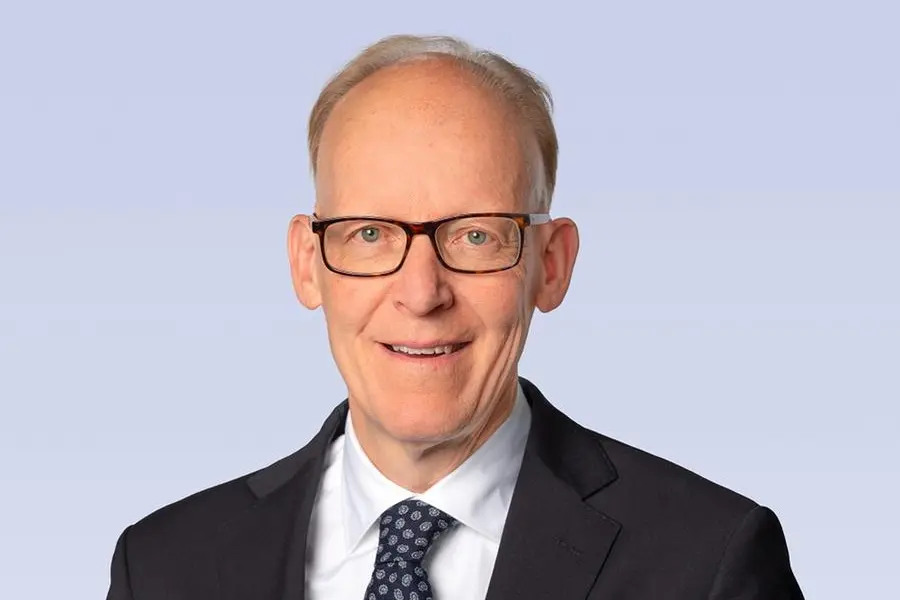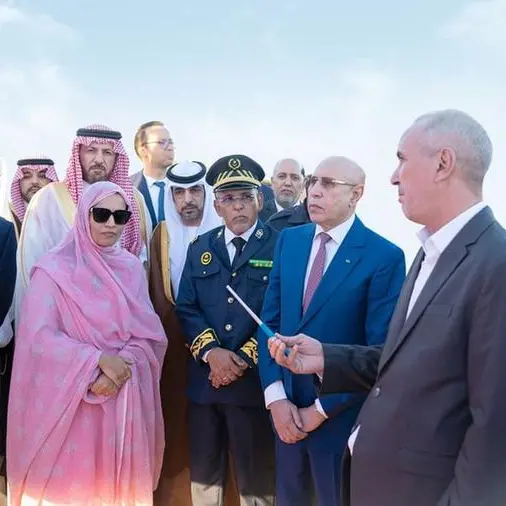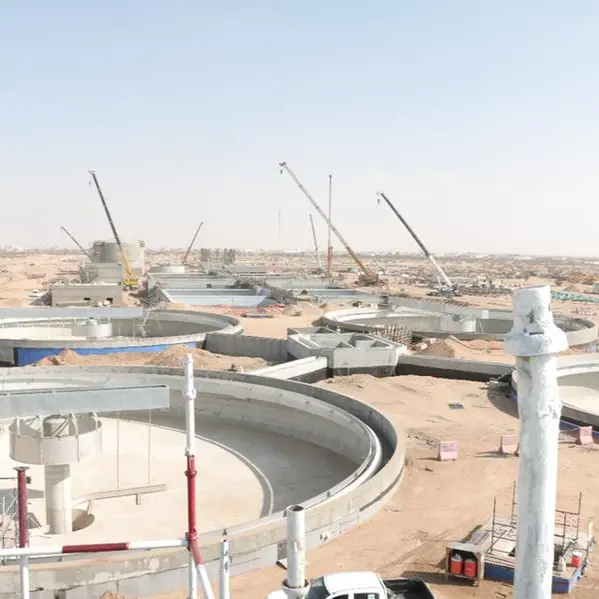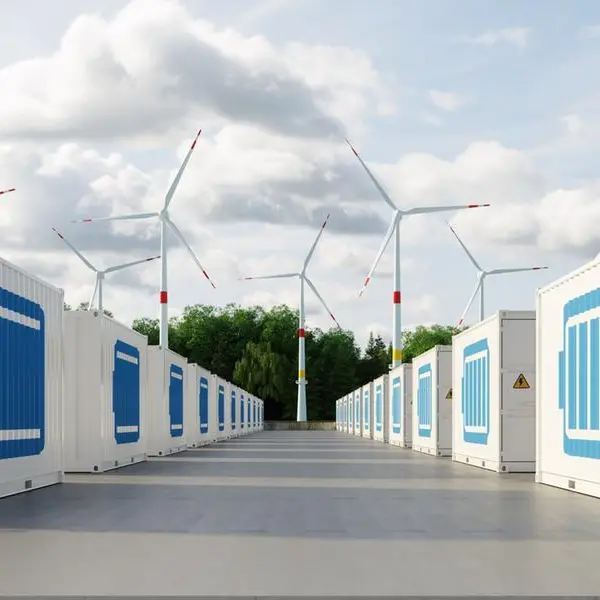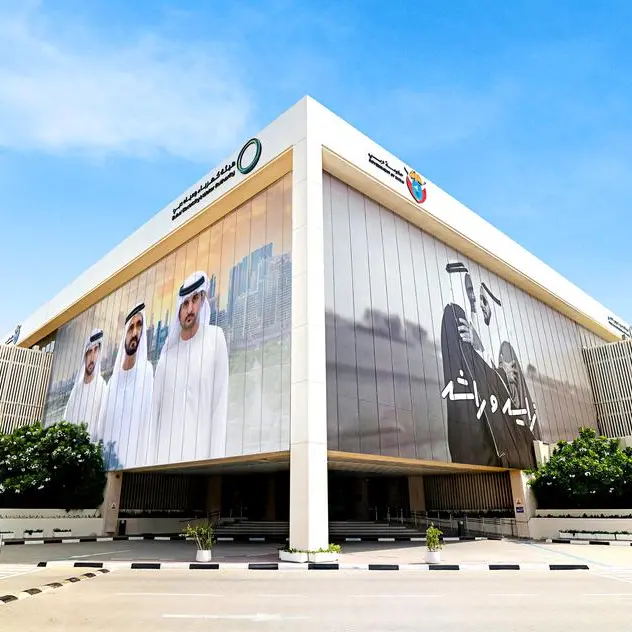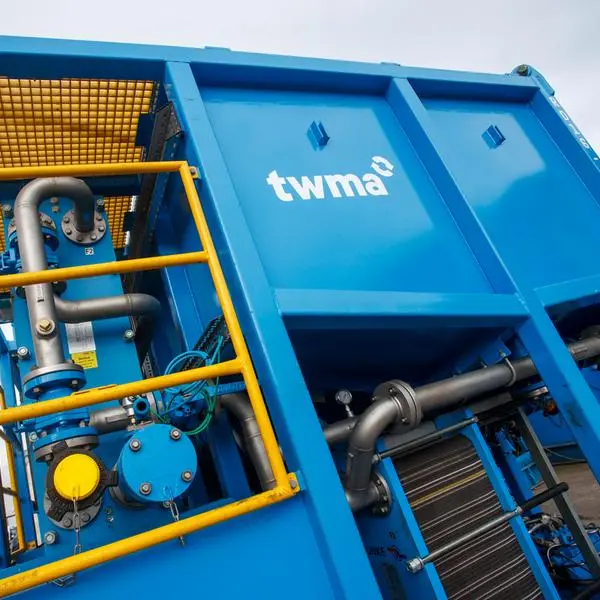PHOTO
Hitachi Energy, the Zurich-headquartered global grid technology giant, foresees a significant increase in electricity generation and transmission by 2050, driven primarily by transportation and building sectors, along with a surge in renewable energy generation.
“As a key player in the energy transition, we are excited about the future. Electricity is undeniably the backbone of this shift, and I genuinely believe we're entering a super cycle for decades to come,” the company’s EVP and Head of EMEA Johan Soderstrom told Zawya Projects.
He said by 2050, electricity generation is anticipated to increase by four times, with transmission increasing by at least three times.
“Renewable electricity generation is also predicted to grow by more than three times by as early as 2030. But it depends on the cost of the value chain, which is challenged now in areas like offshore wind because of inflation and rising prices,” he said.
He pointed out that the company is a global leader in High Voltage Direct Current (HVDC) technology driving mega projects like the Saudi-Egypt Interconnection and ADNOC's Project Lightning.
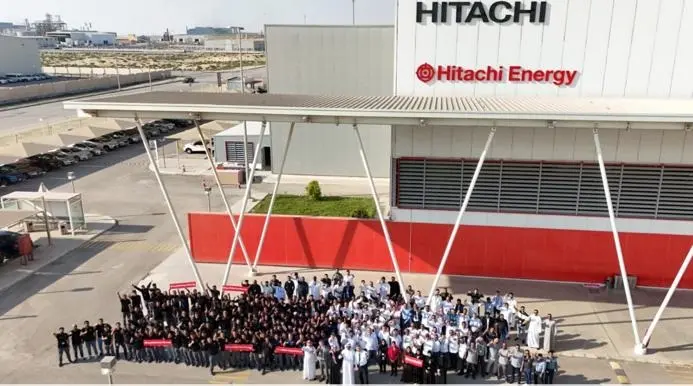

“Our extensive portfolio includes grid integration, management, and power quality solutions,” he said.
The company is also providing sustainable alternatives such as SF6-free switchgear solutions.
“These efforts solidify our position as a key player in enabling the energy transition, but we are humble. We are now 40,000 plus employees, $10 billion officially in revenues and continue to grow,” he said.
Breakthroughs in the way the company collaborates with its customers have also helped the growth story.
Soderstrom explained: “In the past, we would wait for customer specifications and compete on individual projects. Now, we're securing record framework agreements, which provide long-term stability and predictability and allow us to invest in skilled people and critical assets,”
“Despite the geopolitical and economic uncertainties, the fundamental need for electricity and water remains. Our mission is to foster stronger partnerships, not just with customers but with our entire value chain, so that we can plan and standardise better and scale quicker.”
As electrification leaps across industries, unlocking exciting new markets, it presents fresh challenges regarding diverse customer needs. So, how is Hitachi Energy gearing up?
Utilities have been our core market, representing over half of our business. The transmission system operators and renewable energy developers perceive us as a leader. However, our longstanding heritage with ABB in the industrial sector also forms a strong pillar. The industrial sector could be slightly more demanding, but it is also rewarding if you find partnerships. We have seen that not only in the oil and gas and petrochemical industries but also in the mining and metal industries. For example, electricity requirements will increase as the green steel movement progresses. The digital component will be increasingly important in creating circular economy solutions. A considerable part of our workforce is involved in developing digital solutions, which helps us address that piece. As part of our 2030 strategy, we will invest more in our core business, double up our digital and services efforts, form partnerships with our customers and the value chain, and invest in mergers and acquisitions to strengthen our portfolio.
We also want our customers to engage us right from the planning stage of their projects, as has been the case with the Neom project in Saudi Arabia. We came in very, very early, and that's helping us now in our journey to be a player with Neom. We also want to be a circular economy player, for which we have excellent examples. We can breathe new life into transformers that have been around for 40 years. With our advanced upgrade technology, we can revamp them and give them another 40 years of service, preventing them from ending up in scrap yards. It is good for the planet as it minimises waste. It is also good for the customer since extending the equipment's life reduces costs and shortens lead times.
In many sectors, incorporating sustainability means high initial costs, often passed on to the end customer. Are customers comfortable paying extra for green? If the biggest markets of the future are in low-income countries with significant gaps in electrification levels, will they be ready to invest in sustainable products?
What is positive in the middle of this whole turmoil in the world right now is that good companies do business with good companies. Transparency is increasing, so companies who try to play a defensive game on sustainability will not last long. Where Scope 1 and Scope are concerned, Hitachi Energy’s management decided we will generate our clean electricity by utilising solar rooftop systems on our premises. But simultaneously, we want to work with our supply chain because our customers demand the same. So, the defensive game is not for us. We are not super green on everything right now, but we want to be green and transparent. We want to move the needle, accelerate, and scale.
Fortunately, a lot of people now think that way. For instance, the Swedish steel industry is leading the switch to green steel production, which will cut the country's emissions by more than 10 percent. They already got a lot of orders from the automotive manufacturers despite this premium because the automotive industry also wants to show that they are on top of it. And if I look at the delta, the price will also go down because this will be the new normal.
We see tremendous interest from industrial customers, transportation, utilities, and renewables. The challenge is how do we get the partnerships? How do we get the standardisation so that we can leverage and scale? How do we attract talent and motivate our people? It is also a people game.
SF6 phase-out is an excellent example of collaboration between the industry, governments and customers. Are there more examples?
I have one example from Europe, which is a real game changer for the HVDC projects. These are complex projects with stringent specifications. Earlier, we and other players in the market would be provided the specifications by the customer. We would work on the quotation and then hope for the best. This made it challenging to plan the resources to do project management and engineering because the project pipeline fluctuated. We got a breakthrough with our framework partnership with TenneT, a leading European cross-border Transmission System Operator (TSO) in the Netherlands and Germany, with multiple interconnectors to neighbouring countries. Several HVDC projects have been allocated to Hitachi Energy in the Netherlands and Germany. We can plan, partner with others (in this case, with Petrofac on the platforms), bring people on board, invest in new factories, upskill existing people, and set up a project management team. This will enable us to lower costs, improve quality, cut lead times and scale. We have a similar partnership with SSEN Transmission in Scotland, which shows that this approach is spreading.
We have ongoing dialogues with several customers on establishing similar partnerships to get predictability and a more long-term view instead of one-offs since they cost a lot of money and are difficult to scale. Since the world requires three times more renewable energy capacity by 2030, how can we scale? Well, it's through more standardisation, long-term view, trust, and skin in the game through partnerships.
While we like framework agreements, we also understand that they need to allow for competition, which is the godmother of innovation and is also helping us to challenge the status quo.
You said earlier that utilities are your biggest market. Have you seen any utility customers switching to green specifications for their procurement?
I said earlier that electricity will grow by a factor of four until 2050 in generation and at least three in transmission and distribution, which means that the grid will be at the centre stage. I have had the pleasure of meeting energy ministers worldwide, and they all speak about the grid now. There will be a need for storage solutions, but this needs strengthening of the grid. There is also a need for intelligent interconnection solutions between countries to transport electricity correctly with low losses over long and short distances.
I think the utilities also need to invest in the proper generation mix, in the smart extension of the life of the existing grid and also build new grid infrastructure with appropriate technologies where needed. They need to foster long-term partnerships beyond one-off collaborations. One-off projects delay progress, and the utilities will miss the train in terms of attracting businesses to their respective countries since this is still very country-driven.
If you want a steel industry, ensuring grid connection is essential because steel production consumes a lot of electricity and, ultimately, hydrogen. However, the production of hydrogen also relies on electricity. Thus, electricity becomes a crucial consideration in this context. I see significant differences between utilities, but I think all of them will come along.
Could you also share your perspective on affordability in the context of energy transition?
Clean and affordable energy for all is a key Sustainability Development Goal (SDG). So affordable is super important. In the offshore wind market, we have seen that some projects have been delayed because the value chain is expensive. So, that needs to sober up. Those in the value chain, us included, need to do our homework to be productive so that the whole momentum can be maintained.
On the other hand, the integrity of our sourcing for products, components, and materials must be impeccable. We want to do business with the highest health, safety and environmental integrity standards. This is one fundamental, super big, important question that can stop the whole momentum if it's not handled correctly.
But you know, when people are struggling, they're also innovative. Some of the battery companies we work with struggle to get raw materials. But they are also finding new ways of producing batteries with sodium, which is a positive.
(Reporting by Anoop Menon; Editing by SA Kader)
Subscribe to our Projects' PULSE newsletter that brings you trustworthy news, updates and insights on project activities, developments, and partnerships across sectors in the Middle East and Africa.
